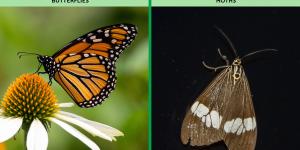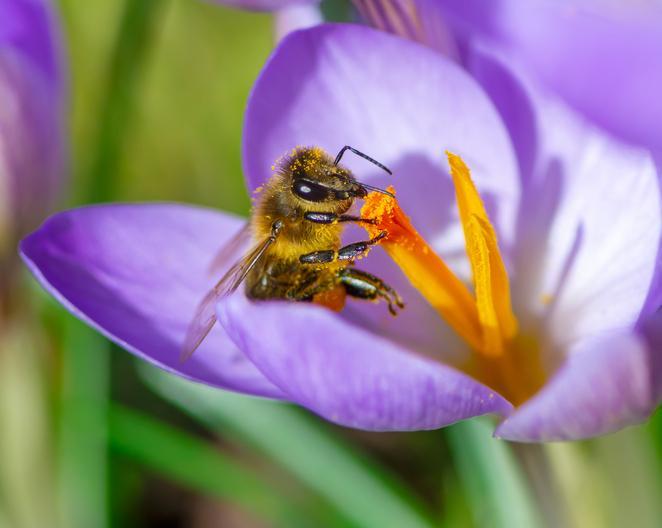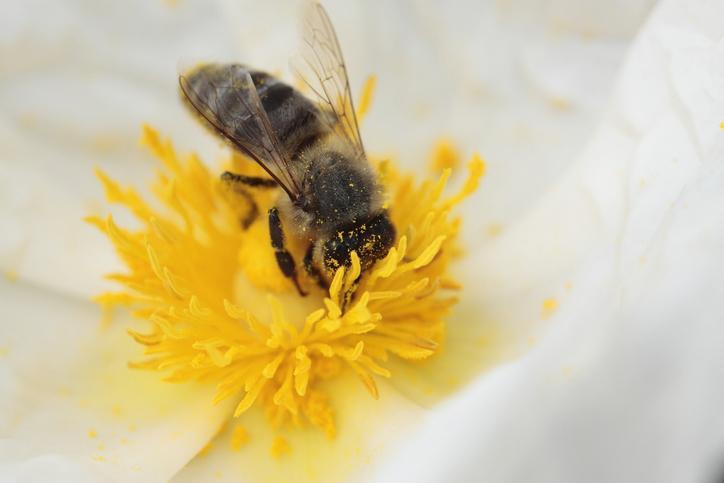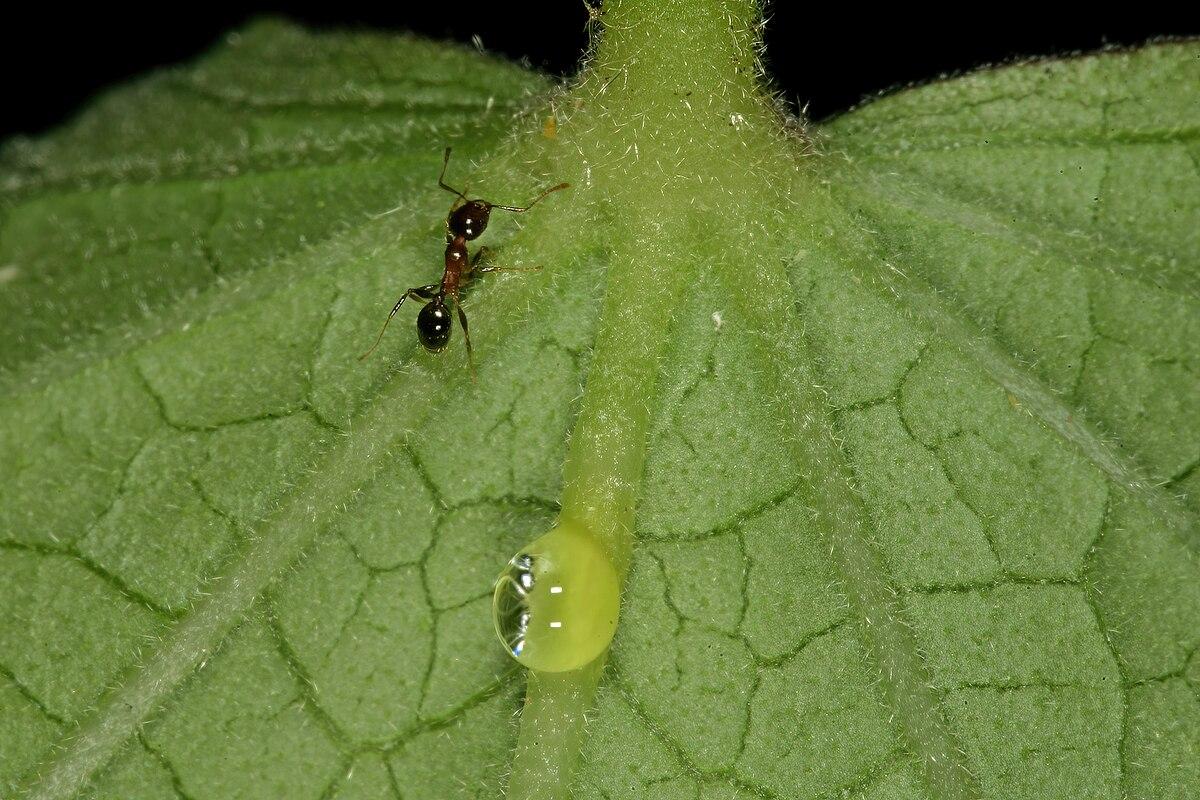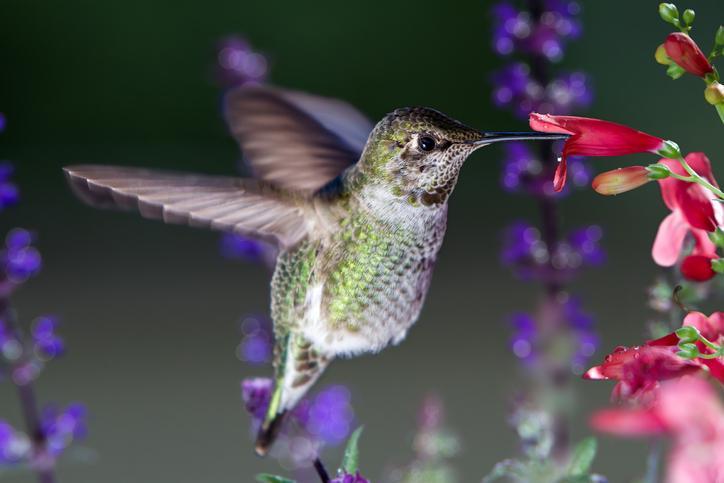What Is Flower Nectar?

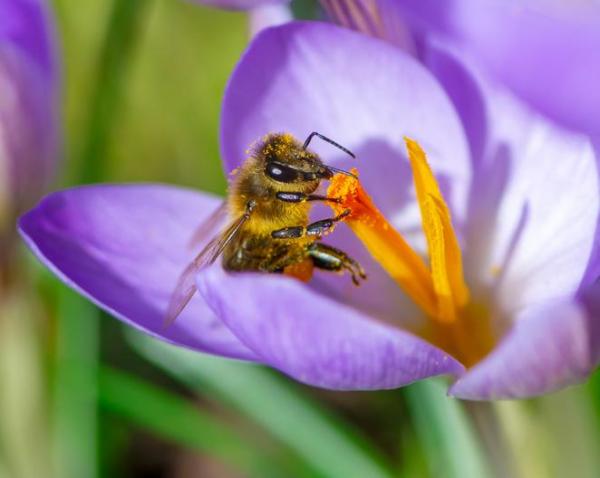
You may be aware that nectar is a substance which attracts various pollinators to flowers such as bees. You may not be aware why plants have nectar in the first place. While nectar is most associated with flowering plants, it can be found in some non-flowering plants. Angiosperms evolved from gymnosperms and the evolution of nectar is believed to begin in the latter before flowers even evolved. In addition to providing nutrients for the plant, nectar can also be useful in various survival strategies. This includes attracting pollinators for fertilization, as well as protecting from predators.
We find out more about this fascinating substance as thedailyECO asks what is flower nectar? We also look at nectar in non-flowering plants, as well as artificial nectar which can be used for various purposes in human industry.
What is flower nectar?
The definition of flower nectar is a liquid substance containing sugars and other nutrients secreted by plants to provide nutrients. The nectary refers to the area of the plant where nectar is secreted or stored. This is usually either inside the flower or at their base, but they can also be located far from the flowers in some plants. In the latter case, they are known as extrafloral nectaries.
Nectar contains sugars such as sucrose, glucose and fructose as its main compositional elements. It also contains water which allows it to remain in a liquid state. In addition to these sugars, various other phytochemicals are found in nectar whose function is to attract pollinators or repel predators. Specifically, carbohydrates and amino acids stimulate pollinators, while alkaloids and polyphenols are responsible for protecting the plant from potential predators.
According to several studies, nectar existed before the first flowers appeared. This was a consequence of the expulsion of accumulated sap due to accelerated plant growth thanks to favorable factors. One of the most important is the climate of the area where the specimen was found. Even today, we find plant varieties with leaves capable of secreting nectar when they reach maturity.
Non-flowering plants have extrafloral nectaries which often attract insects such as ants. These are capable of eliminating more harmful pests and even deter other insects from using the plant as a place to lay their eggs, as is the case with butterflies.
It is believed that evolution has been primarily responsible for the improvement and creation of floral nectaries. It suggests these have evolved from glands that eliminate excess sap from plants to attract pollinating animals.
You can discover more about the types of animals which feed on nectar with our article asking what animals pollinate?

What is the function of flower nectar?
We have just explained there are different reasons why plants have sap, but perhaps the most important is to attract pollinators. Insects, birds and other animals seek out nectar because it provides sugars to sustain them nutritionally. Some even use it as their main source of food and will die without the availability of plant nectar.
Nectar is part of an incredible evolutionary strategy which allows for continued life on Earth. When eating the nectar of plants, pollen attaches itself to the bodies of pollinators. This is then transferred to other plants for fertilization. Without nectar, these sexually reproducing plants would not proliferate like they do. Many plants have evolved to be particularly appealing to certain pollinators, encouraging fidelity to their plants over others.
This is one of the reasons behind the concern over significantly decreasing bee populations around the world. Bees perform one of the most important functions in plant reproduction, maintaining the balance of Earth's atmosphere and the various ecosystems on our planet. In this way, nectar is essential for life on Earth since it allows plants to survive and generate the oxygen we need to live.
Other functions of nectar include protection from predators. Extrafloral nectaries attract insects such as ants which deter herbivores from eating the plant. They do so in exchange for the delicious nectar which they use for nutrition. This can occur in both flowering and non-flowering plants. Learn more about these types of plants with our article explaining the differences between angiosperms and gymnosperms.
You can see an ant on a leaf with an extrafloral nectary in the photo below:

Animals that feed on flower nectar
Animals that feed on flower nectar are known as nectarivores. Although we most associate nectarivores as being insects and birds, they are also found in other animals. These include some types of reptiles and mammals such as bats.
As we've already mentioned, it's quite possible that nectar arose as part of plant evolution over the millennia to obtain more pollinators. In fact, nectar-eating animals are the most important pollinators for many plant species, more so than wind or other pollinators.
To be a little more specific, we can say that bees are the main pollinators. They not only feed on nectar, but also produce their own thanks to a complex process. Other insects that also feed on nectar include flies and butterflies. Among birds, one of the most common nectarivores is the hummingbird. These tiny birds have beaks which are evolved to collect as much nectar as possible.
You can learn about the plants which attract hummingbirds in our related guide. You can also discover more about how plants and animals interact to best ensure the survival of both with our article on what is mustualism?

What is artificial nectar?
Finally, we'd like to add that artificial nectar is produced to attract nectar-eating animals (nectarivores). Since it is artificial it is not true flower nectar produced by plants themselves, but a manufactured product designed to mimic its properties. It is a very similar mixture created by humans as a dietary supplement. Despite similarities, it lacks proteins and micronutrients.
Artificial nectar is widely used in beekeeping when honey supplies are low during the cold months or if there isn't a favorable bloom season during the spring. For example, you can make your own artificial nectar by boiling one liter of water and adding two parts refined sugar to the mixture.
Learn more about bee behaviors and species with our article sharing the different types of bees.
If you want to read similar articles to What Is Flower Nectar?, we recommend you visit our Biology category.




